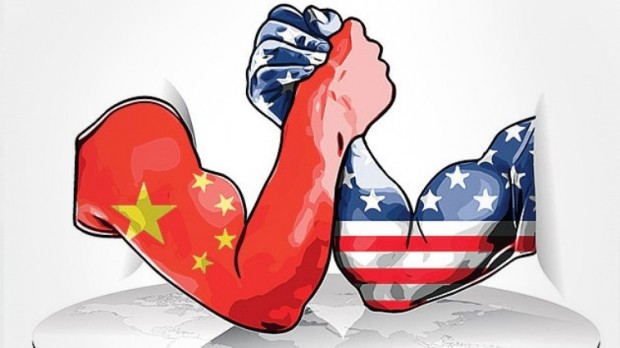 Good leverage is the difference
Good leverage is the difference
Mar 23, 2018
WASHINGTON, DC -- The U.S. and China have exchanged salvos adding fuel to fears of escalating trade sanctions between the two largest global economies. Yesterday, the Trump Administration announced another action in the President’s efforts to “rebalance the U.S.-China trade relationship,” and China began the retaliation process to Trump’s previous action on steel and aluminum imports.
Following an investigation of China’s trade practices related to technology transfer, intellectual property, and innovation under Section 301 of the Trade Act of 1974, the President announced that the United States would impose higher duties on certain imports from China commensurate with the damage caused by China’s practices (estimated at $50 billion to $60 billion); initiate World Trade Organization (WTO) dispute settlement consultations with China on discriminatory technology licensing practices; and instructed the Secretary of the Treasury to address Chinese investment in the United States aimed at obtaining key U.S. technologies.
With today the start of higher duties on imports of steel and aluminum coming into the U.S., China’s Ministry of Commerce has rolled out a list of 128 products imported from the United States, divided into two groups, that will face higher import duties of either 15 percent or 25 percent. Agricultural products dominate China’s list. China will use a WTO process involving consultations with the United States which means higher duties are not immediate and could be modified upon implementation.
Against this backdrop, the U.S. rice industry continues the decade-plus effort to achieve access in China, and uncertainty dominates.
“Our industry is at the end-game of providing detailed information to Chinese authorities about the approximately 30 facilities registering to ship U.S. milled rice to China,” said Bobby Hanks, chairman of the USA Rice International Trade Policy Committee and CEO of Supreme Rice, LLC. “Efforts to get U.S. rice into China are difficult and complicated, and recent events only increase our challenges.”
“When China joined the WTO and opened its rice market, we expected to be in the market in short order—that hasn’t happened,” said Michael Rue, a California rice producer and chairman of the USA Rice Asia Trade Policy Subcommittee. “The President’s recent actions could result in more focused bilateral discussions with China, and we see rice as a part of the solution. Actual U.S. shipments of rice would contribute to the President’s objective of improving the trade balance.”
The President has also temporarily exempted imports from Australia, Argentina, Brazil, the countries of the EU, and South Korea from the steel and aluminum action until May 1. These countries join Canada and Mexico as exempted.
“President Trump’s action is welcome,” said Hanks. “The EU published a retaliation list that includes U.S. rice in response to the U.S. steel and aluminum action and we hope that further discussions between the U.S. and EU governments will result in no action against U.S. rice.”